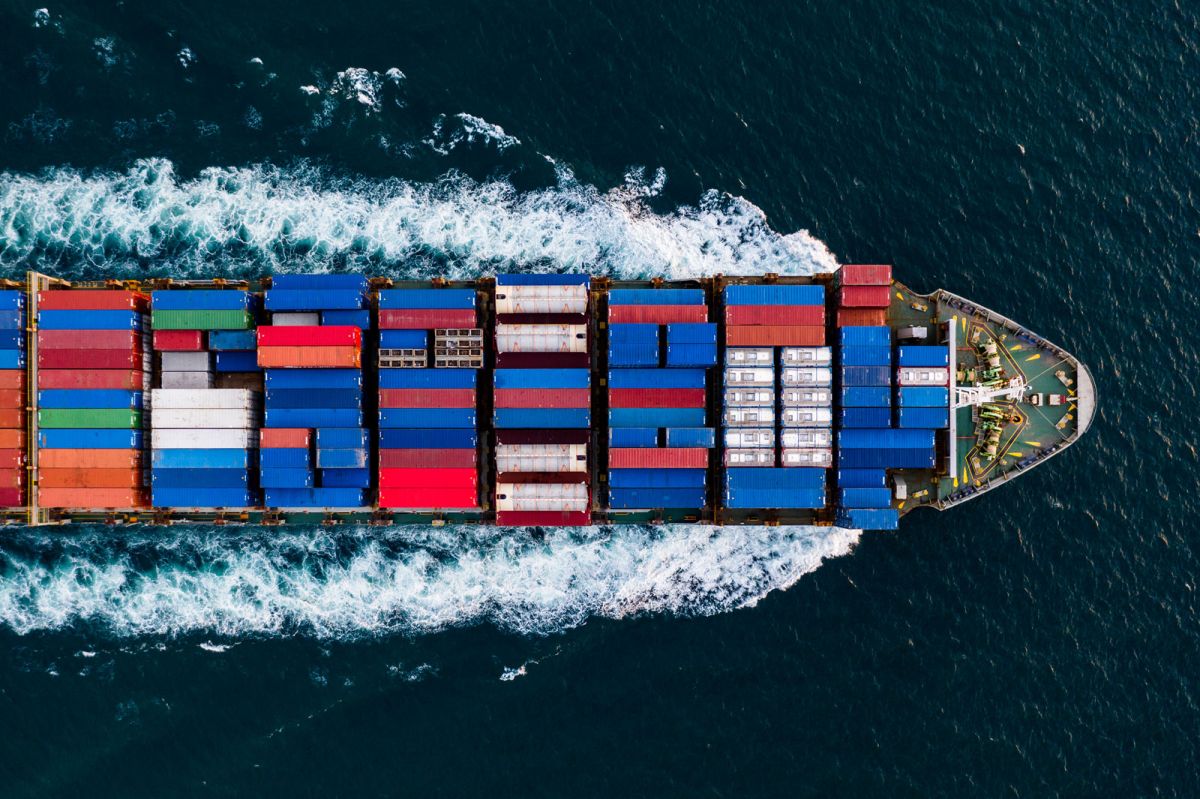Record value of EU agri-food trade in November 2022

Since the beginning of 2022, EU agri-food trade reached a total of €369bn, which represents a 23 per cent increase compared to the same period in 2021 (Jan-Nov). This can be explained by an increase of the value of both EU agri-food exports and imports, by 17 per cent and 34 per cent, respectively. The EU trade balance stands at €53.5bn from January to November 2022. These are the main finding of the latest monthly agri-food trade report published this week by the European Commission. This latest monthly agri-food trade report also features a special focus on the evolution of production and consumption of poultry and beef in various regions of the world.
Exports
Compared to October 2022, EU agri-food exports slightly increased compared to the previous month, to reach EUR 21.2bn, a 2 per cent increase. From January to November 2022, EU agri-food exports reached €211bn. When looking at specific sectors, the data confirm the higher EU exports of wheat from January to November 2022. The two main destinations for EU products are the UK and the US. EU exports to these two markets notably increased since the beginning of 2022, by 21 per cent to the UK and by 13 per cent to the US. EU exports of pigmeat, cereals and vegetable oils to China decreased in the same period, while EU exports to Russia declined significantly both in quantity and value terms for a range of sectors.
Imports
EU imports of agriculture and food products remained quite stable in November 2022 compared with the previous month. However, due to higher food prices on the global markets, the value of EU imports increased and reached €157bn in the 11 months of 2022. The three main origin countries exporting agri-food products to the EU are Brazil, the UK and Ukraine. Imports from these origins increased mainly in values but also in quantities for certain products.
Biggest increases over the year 2022 were recorded for imports of primary commodities, such as maize (+9m tonnes), soya cake (+737,000 tonnes), and rapeseed (+1.3m tonnes).
Poultry and beef
The report includes a section presenting the historical evolutions (from 1961 to 2019) in consumption and production of poultry and beef across Europe, Central Asia, Asia-Oceania, Africa and the Americas. The global meat market has been steadily growing alongside the world’s population with a noticeable and steady increase in poultry consumption in all regions, contrary to beef consumption. The Americas have had a surplus in poultry production since the 1990s while the Asia and Oceania region has become net exporter only in 2017. As regards beef, the Americas show a gradual increase in production and a stable consumption leading to a consistent increase of surplus since the early 2000s particularly driven by Brazil. The development in Asia and Oceania has been driven by an increase in consumption in China and a reduction in production in Australia.





